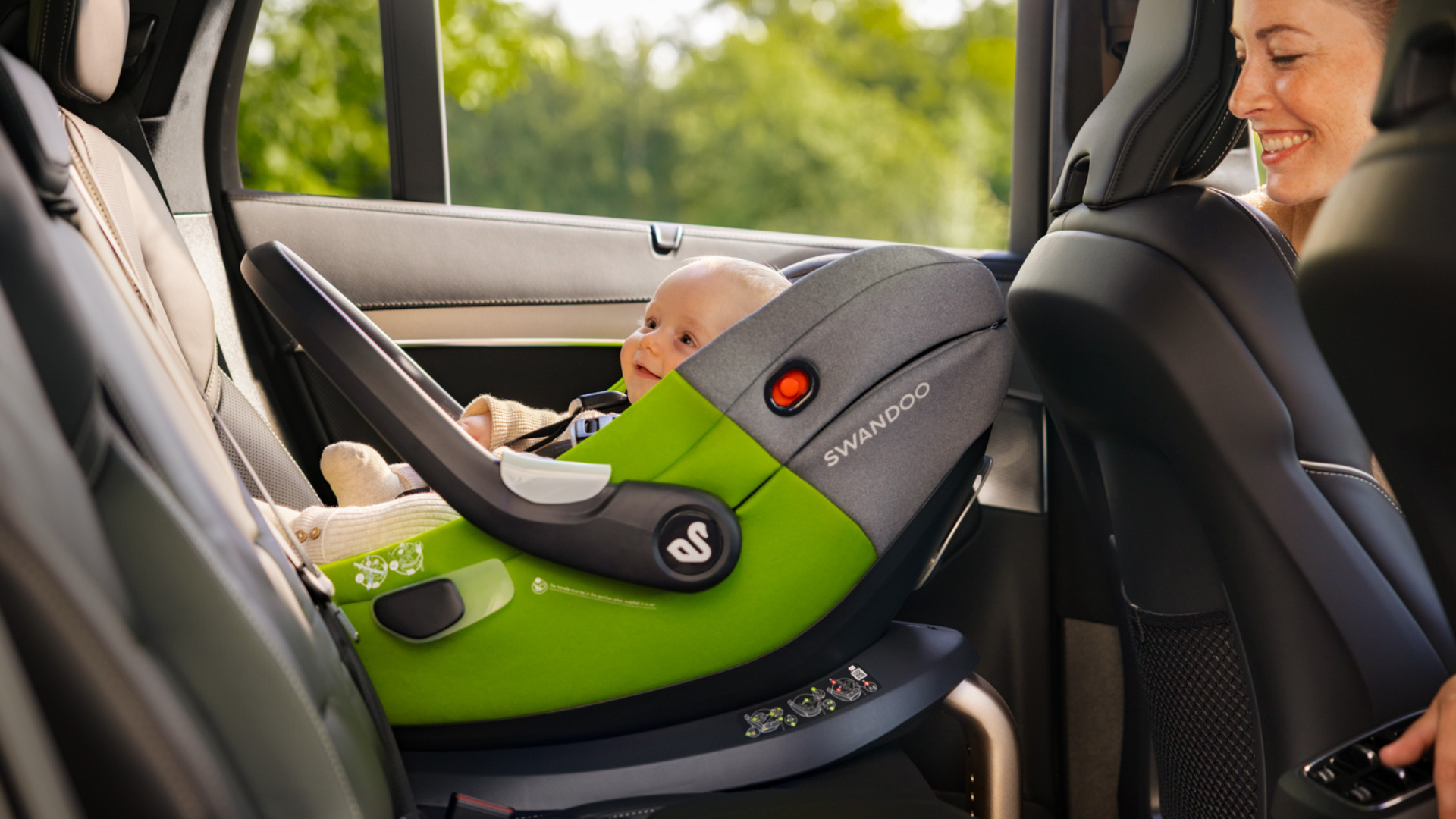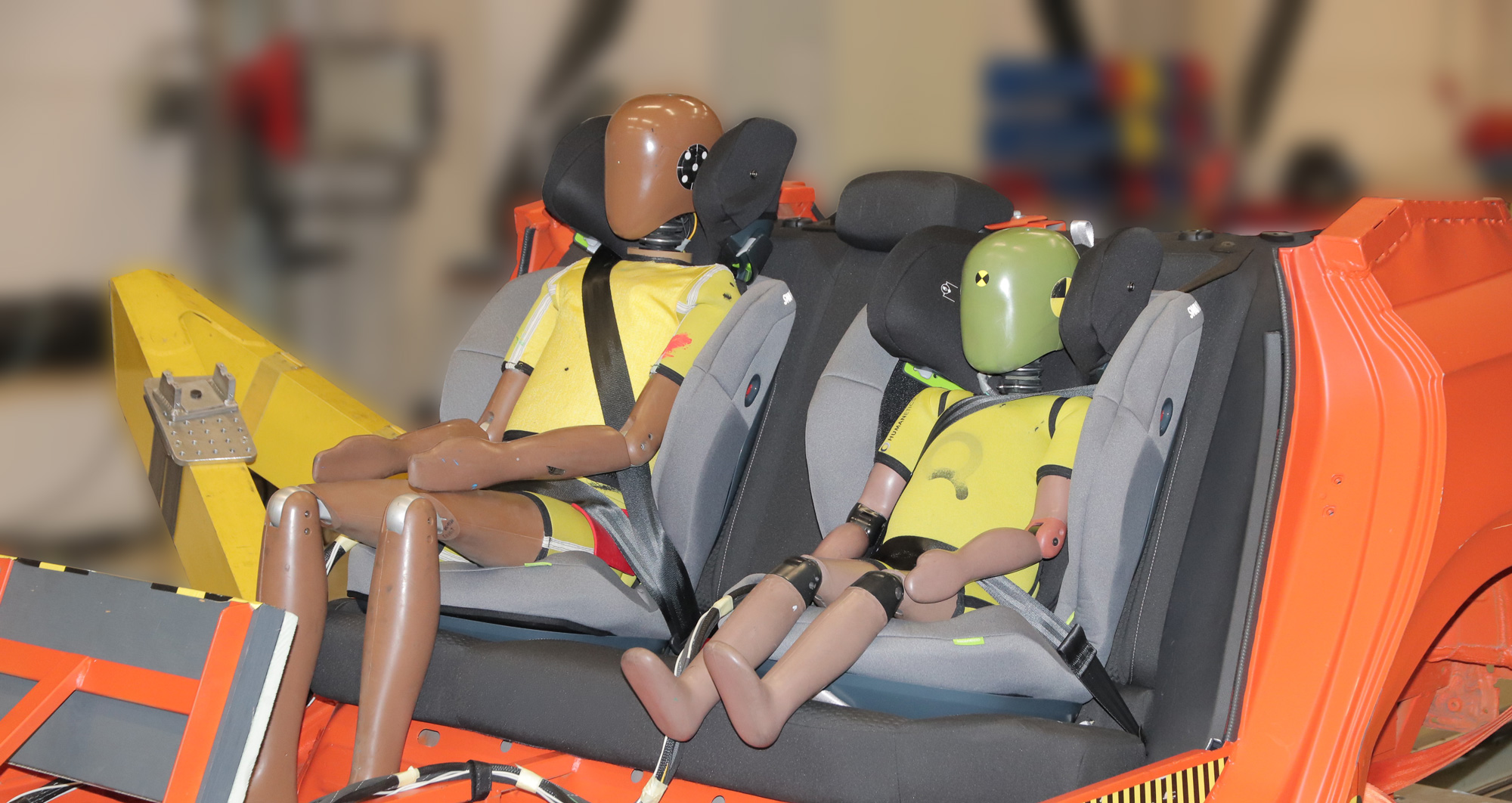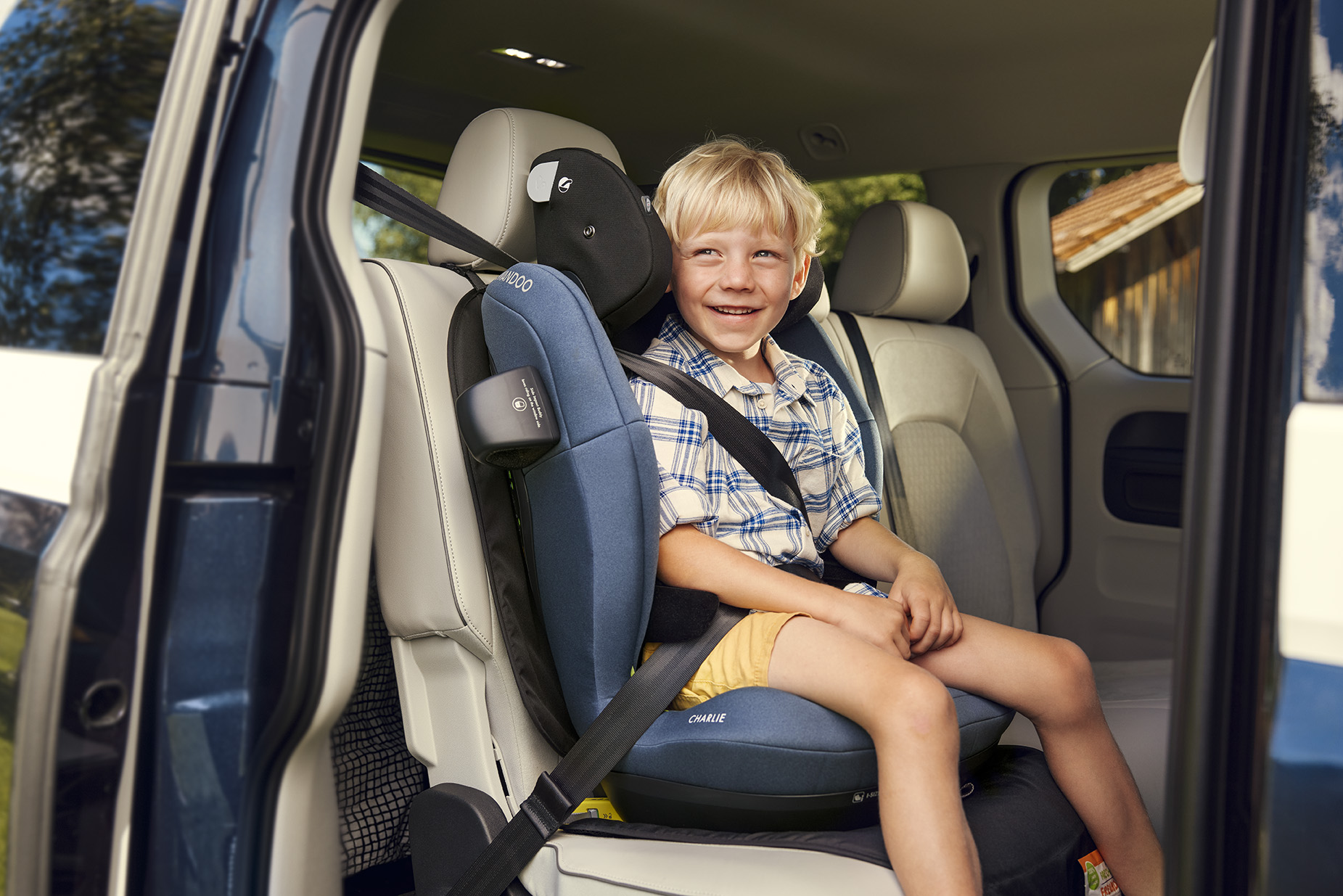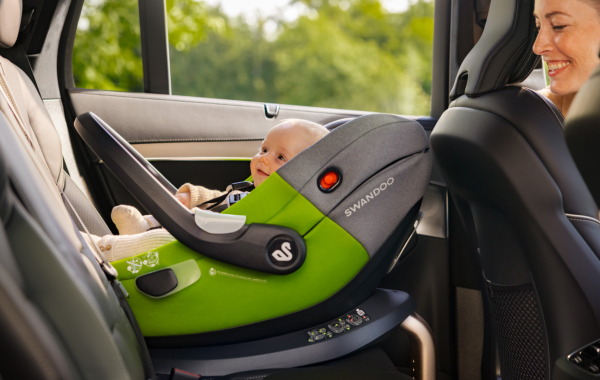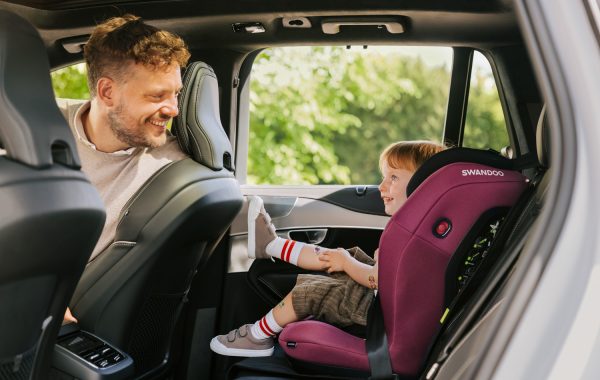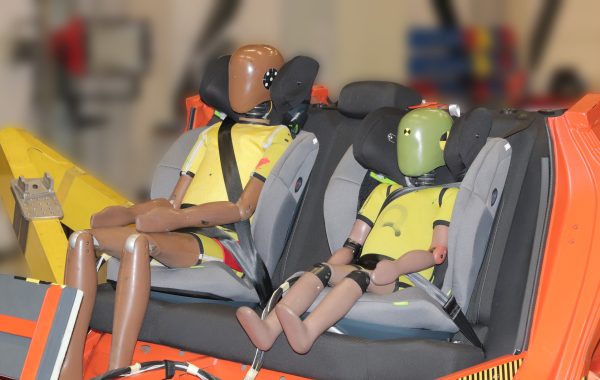Marketed to protect pregnant people and their unborn child, pregnancy seat belt positioners can actually increase the risk of injury, ADAC crash test results show. Learn what they are, why you shouldn’t use them and how to travel safely when pregnant.
When you are pregnant, most aspects of your daily life will be influenced one way or another. As your body adapts to accommodate your little human, there will be updates to your wardrobe – even your shoes might need upsizing – and adjustments to your diet, exercise routine and sleeping position. These changes, however, won’t just stop at the boundaries of your physical world; they’ll transcend into your online life and affect your digital persona and online algorithm as well. As soon as the bloodhound that is the internet will sniff a hint of you being (or even planning to get) pregnant, targeted ads from far and wide will bombard you with everything from ovulation test kits and maternity clothing to pre-natal supplements and hypnobirthing classes. Among these many ads populating the side, bottom and top bar of your browser window, you will likely have also come across pregnancy seat belt positioners promising safer travels for you and your unborn child. Sounds reasonable, right? Of course, as an expectant parent, safety is the top priority. So, should you get one?
The answer is: no. Not as in, “no, it’s not necessary, better save your money”, but a DO-NOT-USE-IT-IS-NOT-SAFE type of no. Let’s take a closer look at them, why they are unsafe and what you should keep for safe travel during pregnancy.
What are pregnancy seat belt positioners?
Pregnancy seat belt adjusters or positioners are designed to secure the vehicle’s lap belt underneath the belly of the passenger. Implying that the three-point vehicle belt might pose a risk of injury to the unborn child, companies claim that this rerouting device reduces the pressure of the belt against the belly, thus increasing safety and comfort.
Pregnancy seat belt positioners come in a variety of different styles. Among the most common types is a latch with pressure buttons attached to a thin seat cushion that can be fastened for example to the backrest of the front seat. There are pregnancy seat belt positioners using a hook, where either a plastic or metal hook is attached to the seat with a belt strap. Lastly, an additional belt loop is secured around the seat cushion to keep the seat belt in a low position.
Why shouldn’t you use pregnancy seat belt positioners?
In November 2023, the German Automobile Association (ADAC), together with its Swiss counterpart (TSC), took the different types of pregnancy seat belt positioners to the test. The conclusion: not only did none of the tested devices fulfill their promise, but they can actually do more harm than good.
Do these organisations sound familiar to you? Yes, they are the same ones that also test our children’s car seats – find more on that täällä..
According to a statement by the ADAC, all of the tested pregnancy seat belt adjusters were unable to withstand the forces exerted and secure the lap belt in a lower position during a collision. Besides this failure to deliver, these devices are also less effective in restraining the pelvis area, placing higher loads on the chest, abdomen and pelvis compared to conventional three-point vehicle belts.
It was also reported that hard plastic and metal parts in the crotch area can cause additional injuries. Whilst the plastic hooks broke in the performed crash tests, the metal hooks and the buckle of the additional belt pressed on the pregnancy belly from below.
Lastly, up to 30 centimeters of the additional belt strap is required when using pregnancy belt positioners. This means that the belt sits looser against the body and hip area, increasing the risk of colliding with the steering wheel or dashboard in the event of a crash.
The results of the crash tests were clear: pregnancy belt positioners provide no additional safety for pregnant people and their unborn child. In fact, they pose additional risk of injury in the event of an accident and are advised against by both organisations. Also, in terms of comfort, no added benefits were reported. Instead, both the ADAC and TCS recommend travelling with the conventional three-point seat belt. It provides safe protection in the even of a crash and, when used correctly, does not pose any additional risks to pregnant people and the unborn baby.
Best practice for travelling safely and comfortably when pregnant
Whilst the three-point vehicle belt offers the best protection and is safe to use for pregnant people, there are a few things to consider to ensure a safe and comfortable travel experience.
Always fasten your seat belt. This is a no-brainer, but we want to emphasise once more to never skip buckling up, even when your belly is the size of a large watermelon. When used correctly, the conventional three-point seat belt should not put any strain on your belly and is indispensable in protecting you and your unborn child in the event of an accident.
Ensure the lap belt sits low across your pelvis and BELOW the abdomen. Gently lift your belly to position the lap belt across your lower hips/upper thighs. NEVER place it over your belly.
Place the shoulder belt between your breasts. If possible, you can adjust the height of the upper belt point for better positioning of the belt.
Increase the distance between the steering wheel and the belly. Make room for your growing belly by tilting the steering wheel upwards and keep your backrest in an upright position. Try and find the sweet spot between moving your seat as far back as possible whilst still being able to drive comfortable without having to lean or slide forwards. The greater the distance, the smaller is the risk of the belly hitting the steering wheel rim. The same applies if you find yourself in the passenger seat; push the seat back to increase the distance from the dashboard.
Take off your bulky winter coat. Remember how we always go on about taking off your children’s winter coats before securing them in their child seats? The same is true not just for children but for ALL passengers – pregnant or not. Take off thick layers to keep the belt as close to the body as possible.
Reduce time on the road and opt for the front passenger seat. As your belly and your baby grow, it’s best to reduce journeys to a minimum. The further along you are in your pregnancy, the less amniotic fluid there is to protect your child. Also, if you find driving uncomfortable (especially during the third trimester), it’s best to move over and let someone else take you. Opt for the front-row passenger seat, as typically restraint systems in the front row are better than in the back, whilst the airbag additionally helps to reduce the risk of injury in the front. Just remember to move your seat as far back as you can.
Not everything does what it says on the tin and it’s best to stay clear of pregnancy seat belt positioners. At Swandoo, child safety is our top priority and we hope these tips are helpful in what you can do to travel as safely as possible when pregnant. And for the time when your little one has been welcomed to the world, our range of car seats will keep them safe on the road – check them out täällä..
